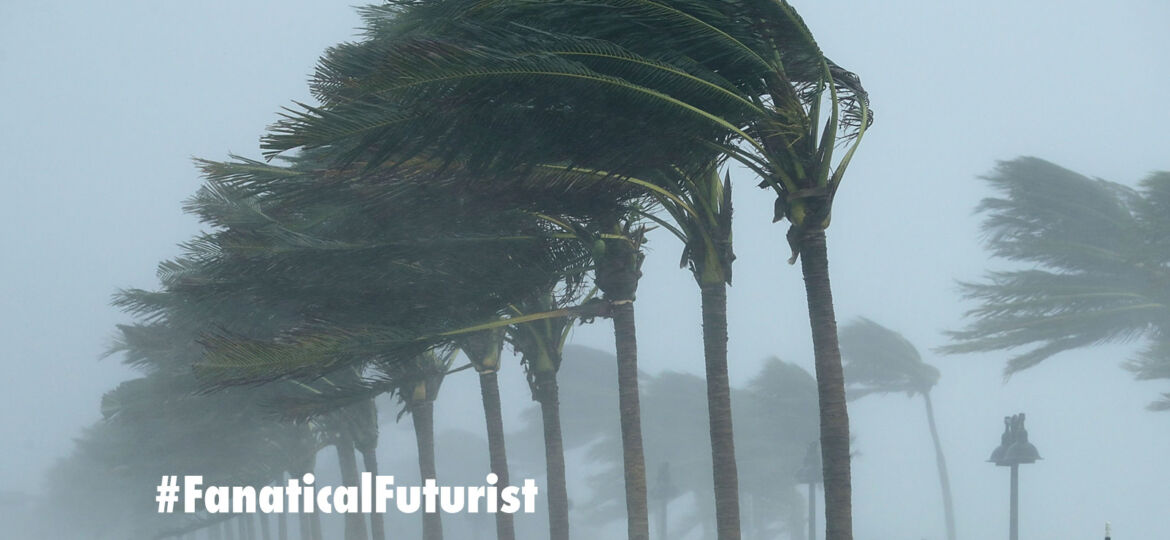
WHY THIS MATTERS IN BRIEF
Sometimes you need crazy ideas because one day those crazy ideas change the world, in this case scientists think they can use a new approach to stop hurricanes from forming and wreaking havoc.
Recently I wrote an article about a new Artificial Intelligence (AI) algorithm from MIT that could detect the faint ripples and waveforms needed to occur in the oceans in order to spawn a hurricane, and I posited that if you could detect them, and then interrupt them, then one day it might be possible to stop hurricanes from developing in the first place.
Hurricanes are caused by the evaporation of warm ocean surface water and now a team from Norway think they’ve figured out another way to stop them, although their idea admittedly has scaling issues, for now at least, and their idea involves using bubbles to cool that water down.
The idea was first conceived of by Olav Hollingsæter, founder of the company OceanTherm AS, after Hurricane Katrina struck New Orleans. He contacted Norwegian research group SINTEF, the regions largest research institute, about developing the concept further, resulting in preliminary studies that are now underway.
Basically the idea is to lower perforated pipes into the ocean in areas where tropical cyclones are likely to occur. Air will then be continuously pumped through these horizontally laid pipes, causing them to release a sheet of bubbles known as a “Bubble curtain.”
As these bubble curtains rise to the surface they’ll bring cold water from the depths up with them, thereby cooling the surface water to a temperature below 26.5° C (79.7 ºF), the minimum water temperature at which hurricanes can form.
The pipes could conceivably be deployed from offshore oil rigs, or simply run out into the ocean from the shore, but one of the problems with the idea, even though it would actually work in practise because it’s just a matter of chemistry and simple physics, is being able to identify hurricane birthing hot spots and then deploying enough piping in order to stop them before they start forming. And then there are the environmental and ethical issues, and the danger of the unknown that would inevitably come about by “messing” about with the global climate system…
“Our initial investigations show that the pipes must be located at between 100 and 150 meters depth [328 and 492 ft] in order to extract water that is cold enough,” says SINTEF scientist Grim Eidnes, “by bringing this water to the surface using the bubble curtains, the surface temperature will fall to below 26.5° C, thus cutting off the hurricane’s energy supply. This method will allow us quite simply to prevent hurricanes from achieving life-threatening intensities.”
SINTEF has previously experimented with using bubble curtains to contain oil spills, and back in 2010, Japanese manufacturing firm Ise Kogyo revealed its concept for preventing typhoons by using a fleet of submarines to pump cold water up to the surface. And while you could argue all these ideas are crazy, and you’d have a point, humanity has proven adept, time and time again, at doing the impossible and beating the odds, so never say never…
















